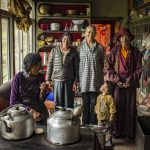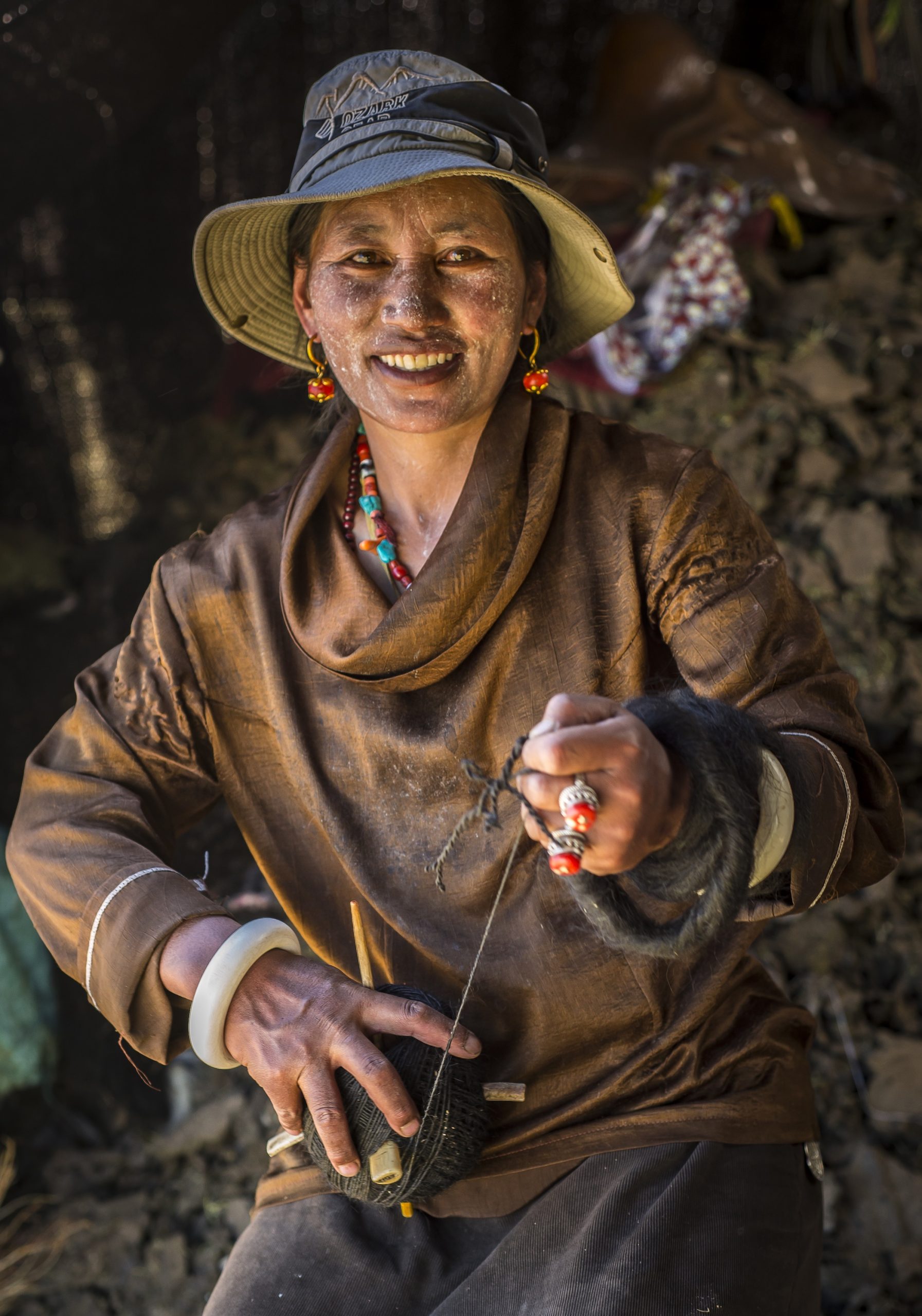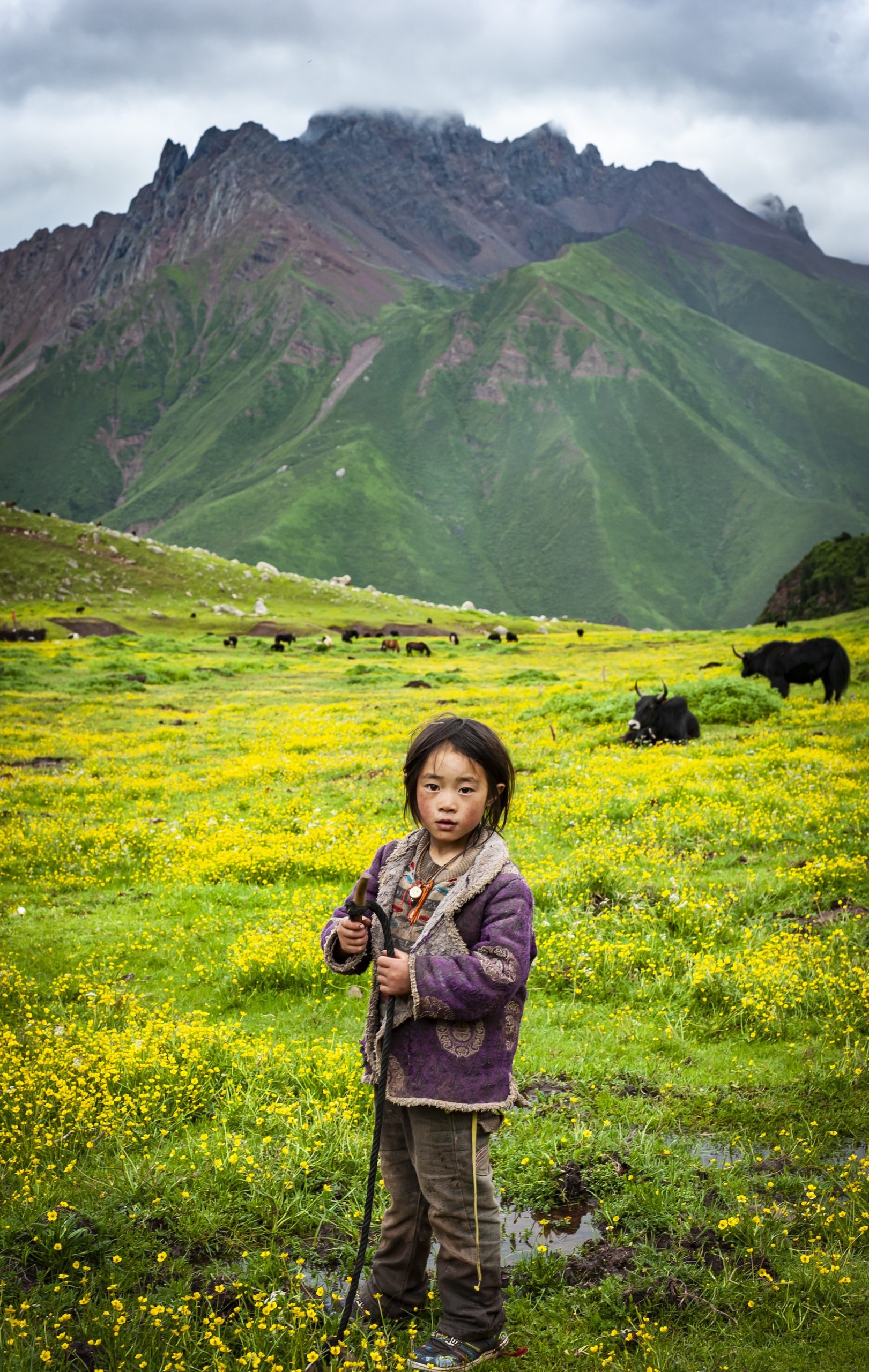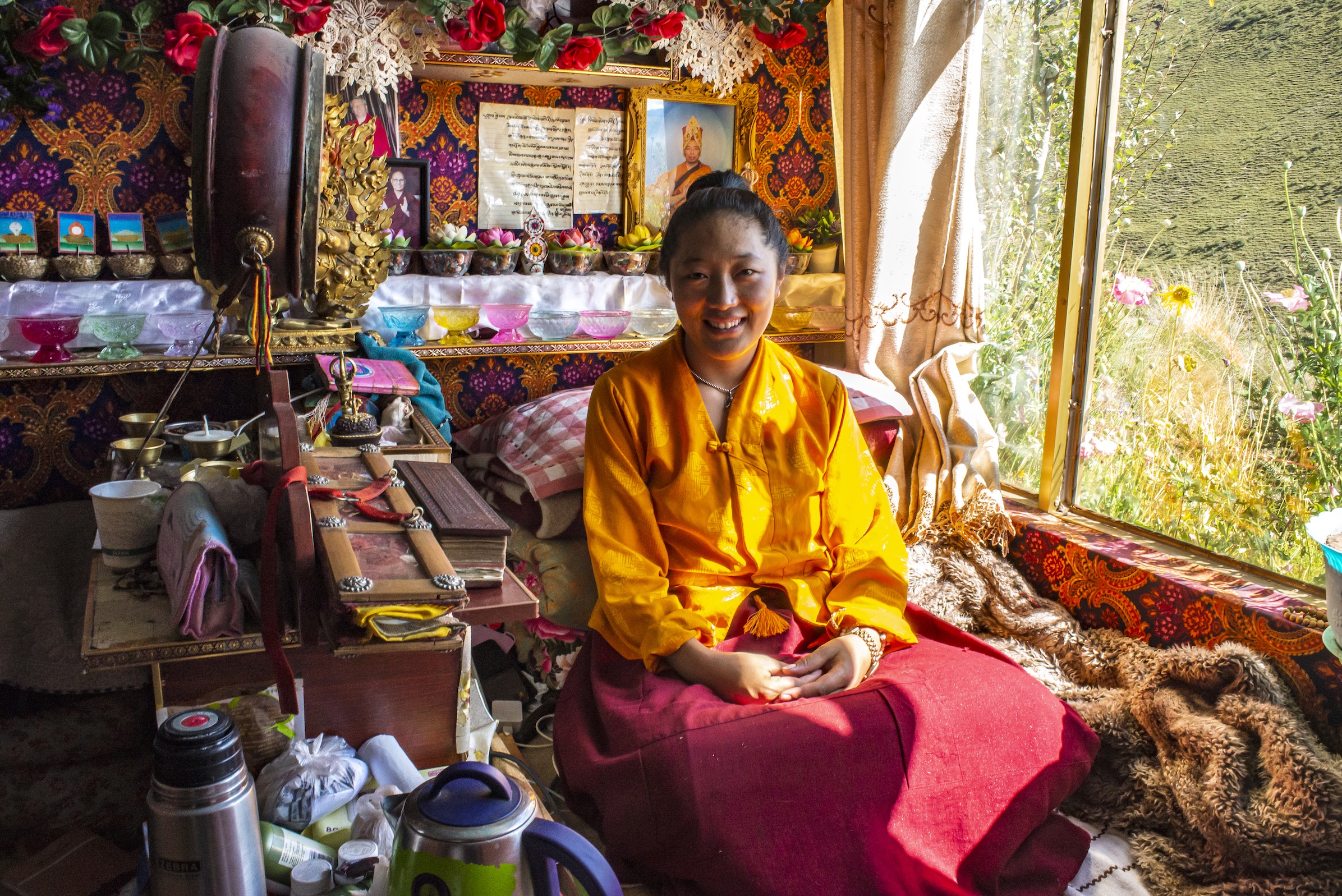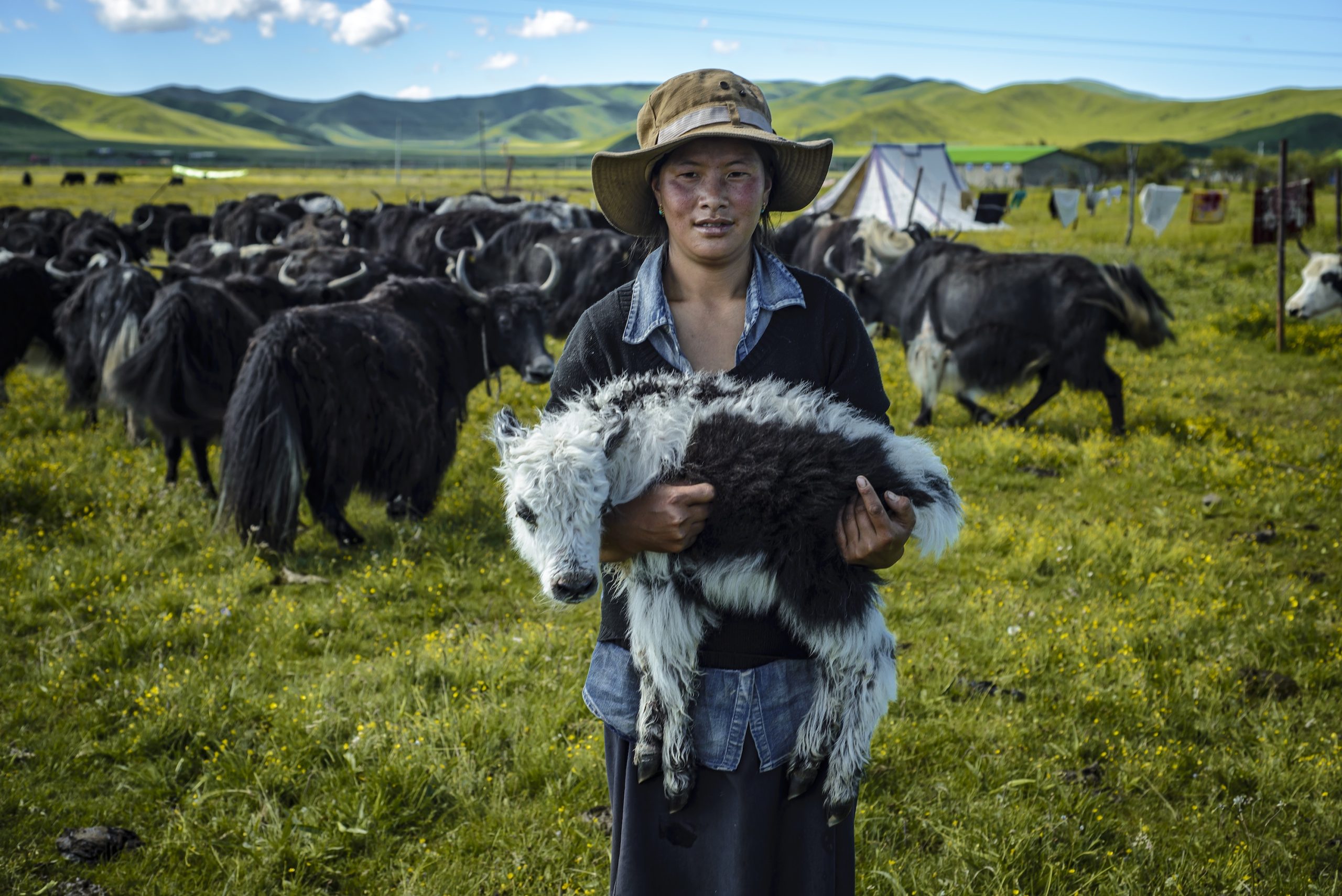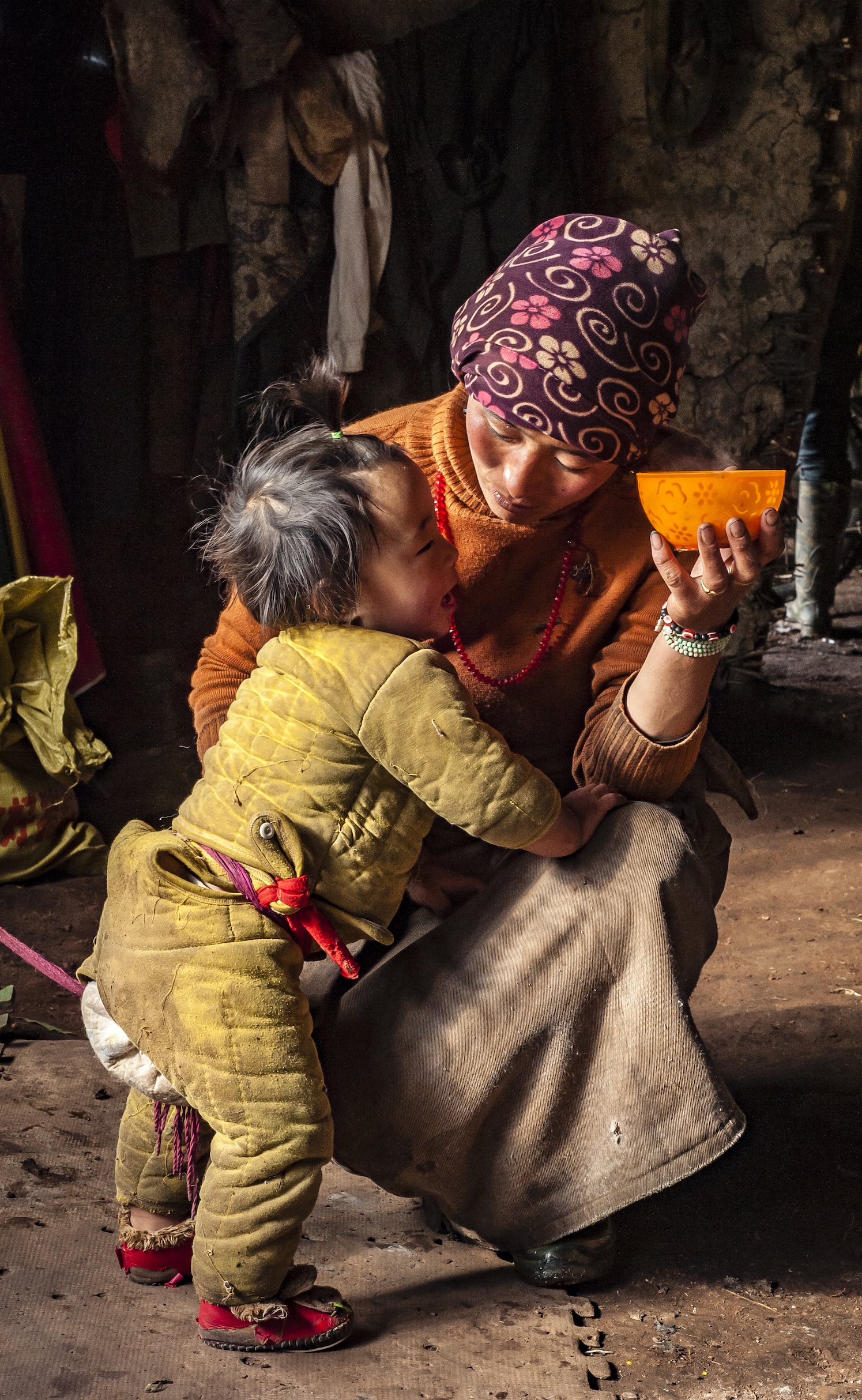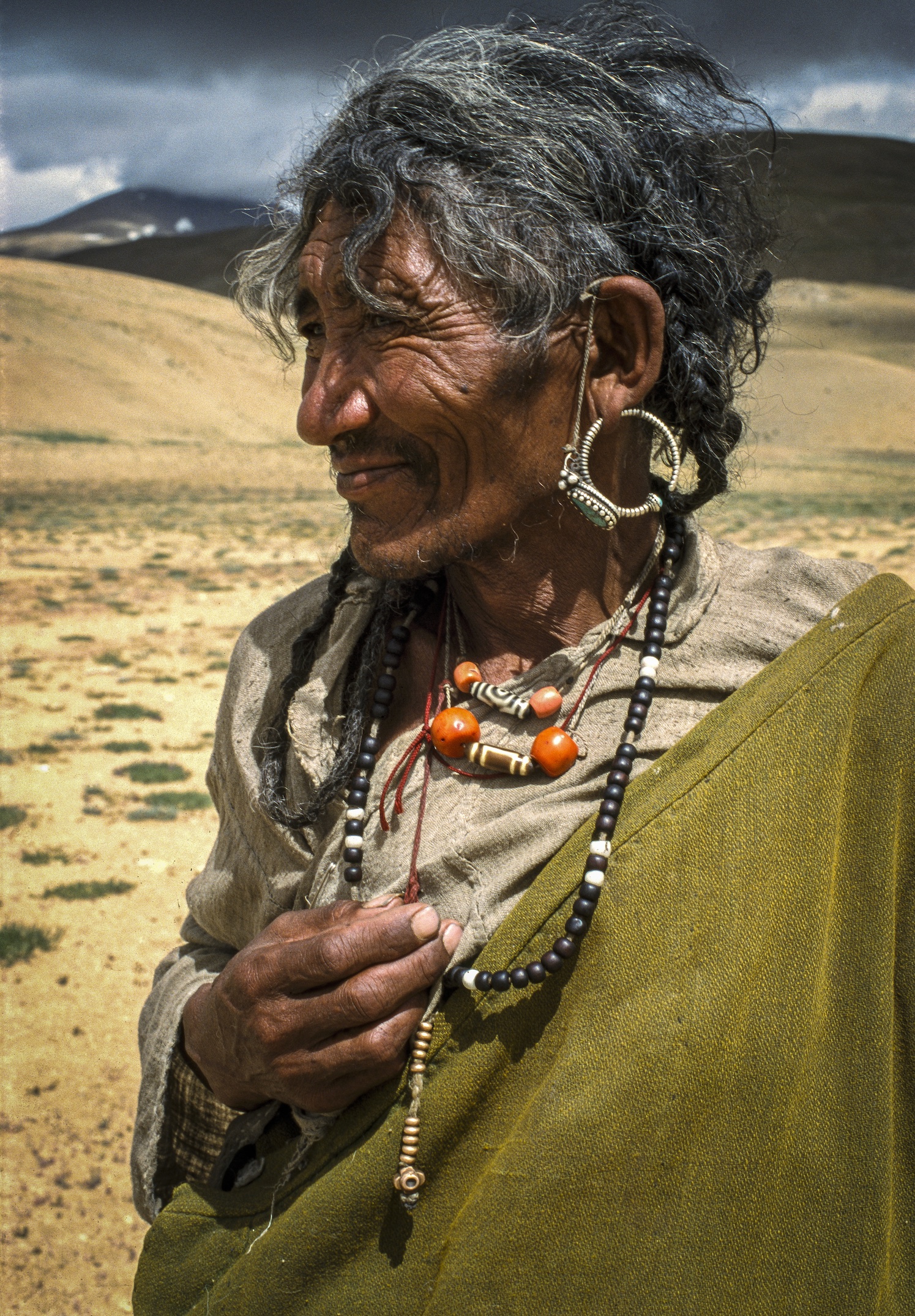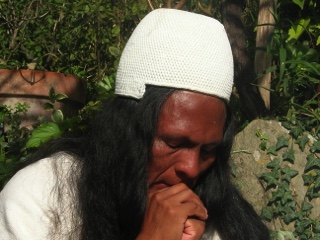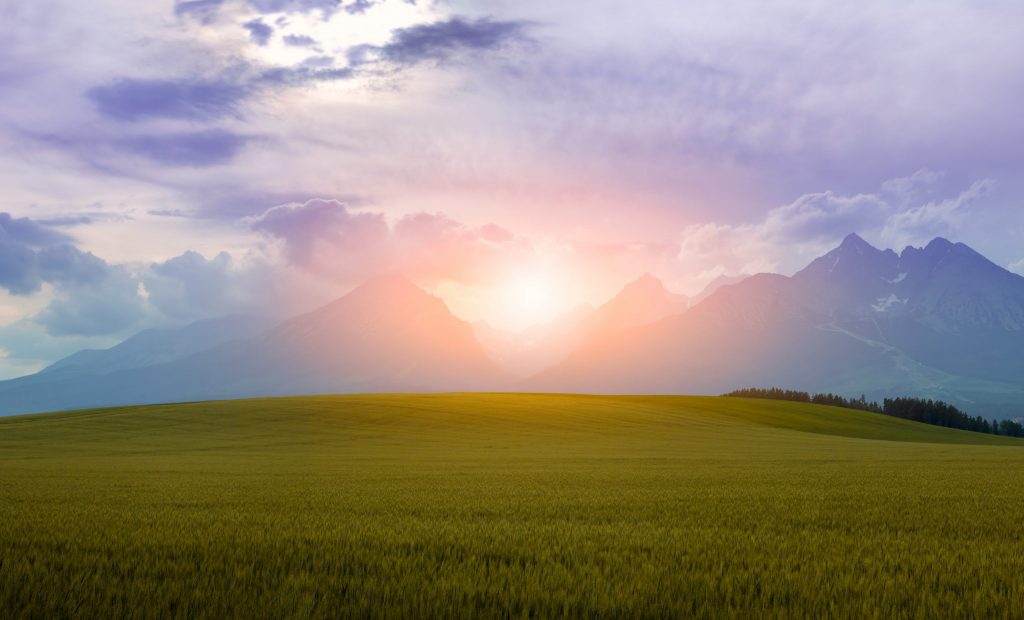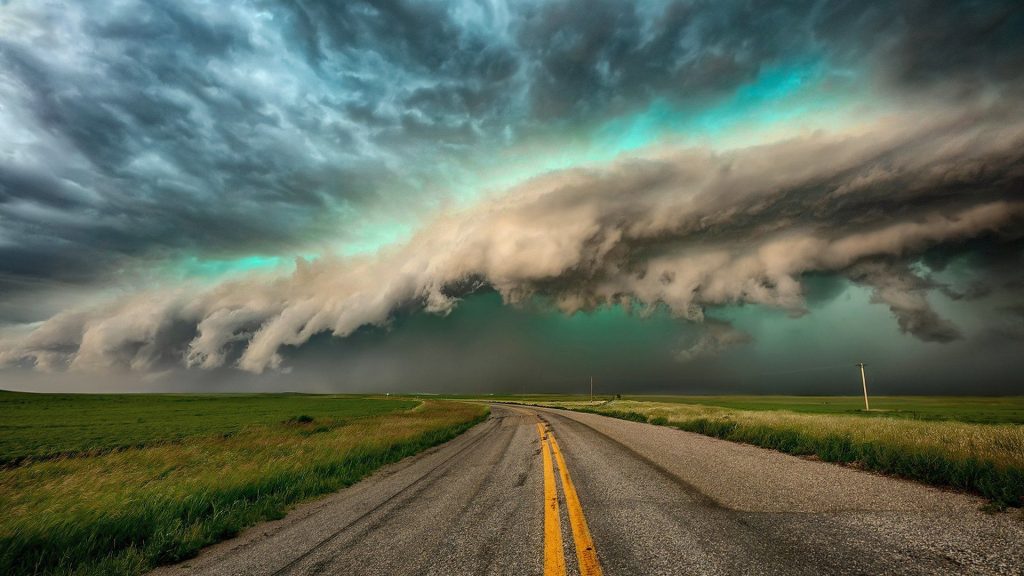Impermanent and Eternal | Portraits of Tibet
Author’s Note | This is a brief introduction to “Portraits of Tibet”. I am now working on a second book, going into more detail about nomad daily life, provisionally titled “People of the Black Tents,” also published by Graffeg under their imprint Bird Eye Books.
My nomadic roots trace back to the 70s as a hippie living in a camper van in America, and at age 25 I met my first Tibetans, when the 16th Karmapa and his entourage visited Wales.
Later I became immersed in Tibetan lay and monastic communities in India and Nepal in the 1990s and was deeply moved by a culture that placed Spirituality at the heart of life. I began photographing the culture in exile for a small photo Library dedicated to Tibetan life inside and outside Tibet.
I think I’ve always had a feeling for earth-based cultures and when I first came across Tibetan nomads, or drokpa, in 2000 in the Changthang of Ladakh I realised that here an amazing, indigenous, earth-based culture was still alive and intact. I fell in love with the rawness, beauty and simplicity of their traditional way of life – deeply struck by an extraordinary sense of their connection, their one-ness, with the environment around them. I had never encountered this among any Tibetan group before and I determined to go into Tibet in search of more. I became aware, too, that this precious and unique group was one of the last great surviving nomadic communities in the world.
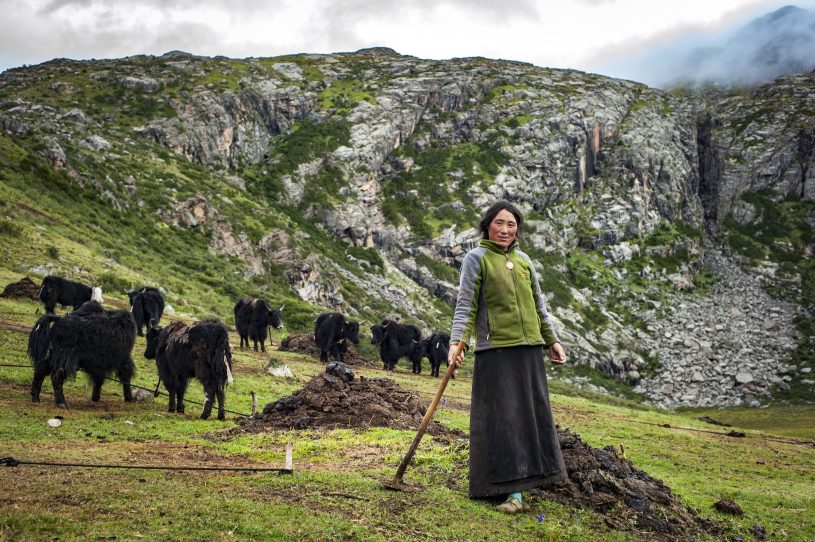
But for how long? Governments all over the world seek to control nomads and settle them, and they face the impacts of globalisation and “modern” education with their depressing emphasis on rationalism, materialism and market forces. The drokpa have also faced the impact of fencing and illegal mining, and now the devastating effects of climate change on the high-altitude grasslands that have been their home for millennia.
Ever since that first encounter the Tibetan nomads became my photographic obsession and the subject of my heart ,and I have travelled extensively in eastern Tibet (now part of Sichuan Province, Gansu, Qinghai, Yunnan and TAR, China) documenting nomad life. I was afraid that I was witnessing the dying of a beautiful earth-based culture.
It has been (and continues to be) a joy to be allowed to record the lives of these remarkable people – a kind of photo driven love letter to what could be a dying way of life. The experience of hanging out with families in their black yak hair tents has been both down to earth and profound, awakening some ancient memory inside me. I aim to portray the people I photograph with as much compassion and dignity as possible. They have allowed me into their lives, which is an enormous privilege. When on the move, travelling around with Tibetan friends, I also come across scenes spontaneously – dusty pilgrims returning from circumambulating a sacred mountain, Swaggering guys on the street, devoted local families at monastery festivals, and yogins and yoginis from nomad backgrounds.
I still don’t speak Tibetan, even after all these years, but that allows me to concentrate on being still and just looking while my Tibetan friends do all the talking and my hosts relax. Photography is a meditation for me.
‘These photographs are a valuable insight into a world where a land and its people are still bonded together, holding what is sacred, as well as expressing a deep kindness and joy.’ Llewellyn Vaughan-Lee
‘Her chronicle of the world of the drokpa is filled with hard questions relevant to anyone observing the rapid technological changes overtaking not only traditional communities, but across the world. Such questions are unforced because they are posed as reflections that concern the big questions of 21st century modernity.’ Raymond Lam, Buddhist Door
‘Many Tibetan people have never seen their homeland, and for them Portraits of Tibet provides a context that is rarely seen – a vital lens through which they and others will be better able to understand the culture and real-life experiences of its people.’ Yeshi Jampa, Taste Tibet


